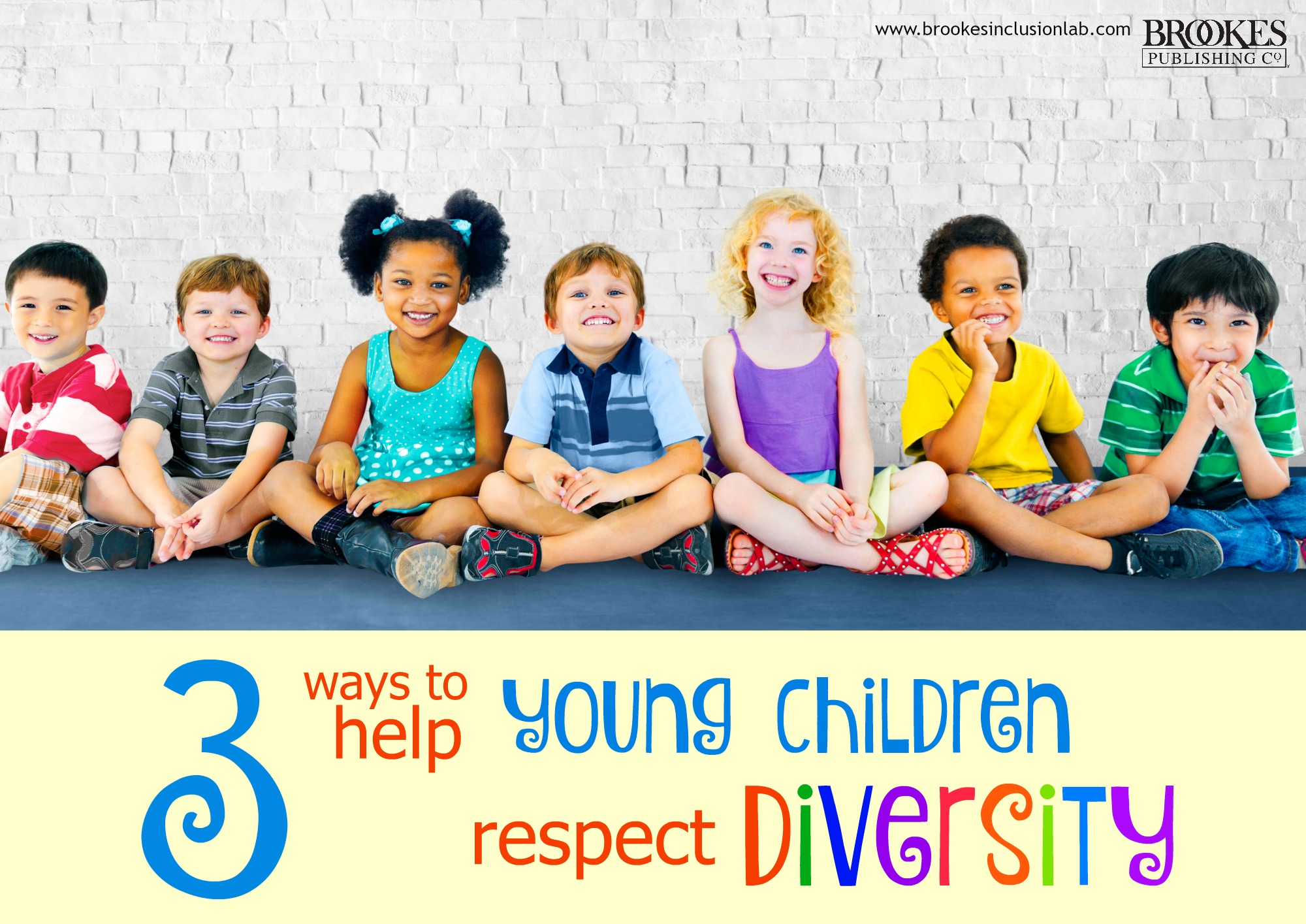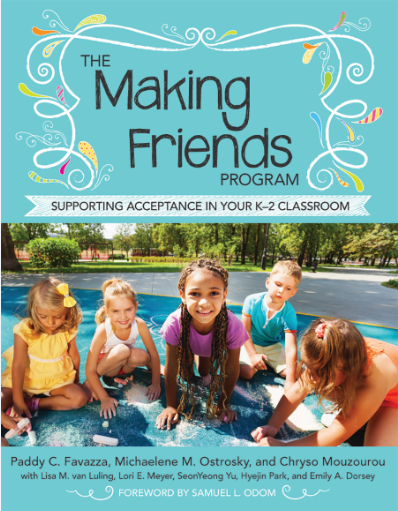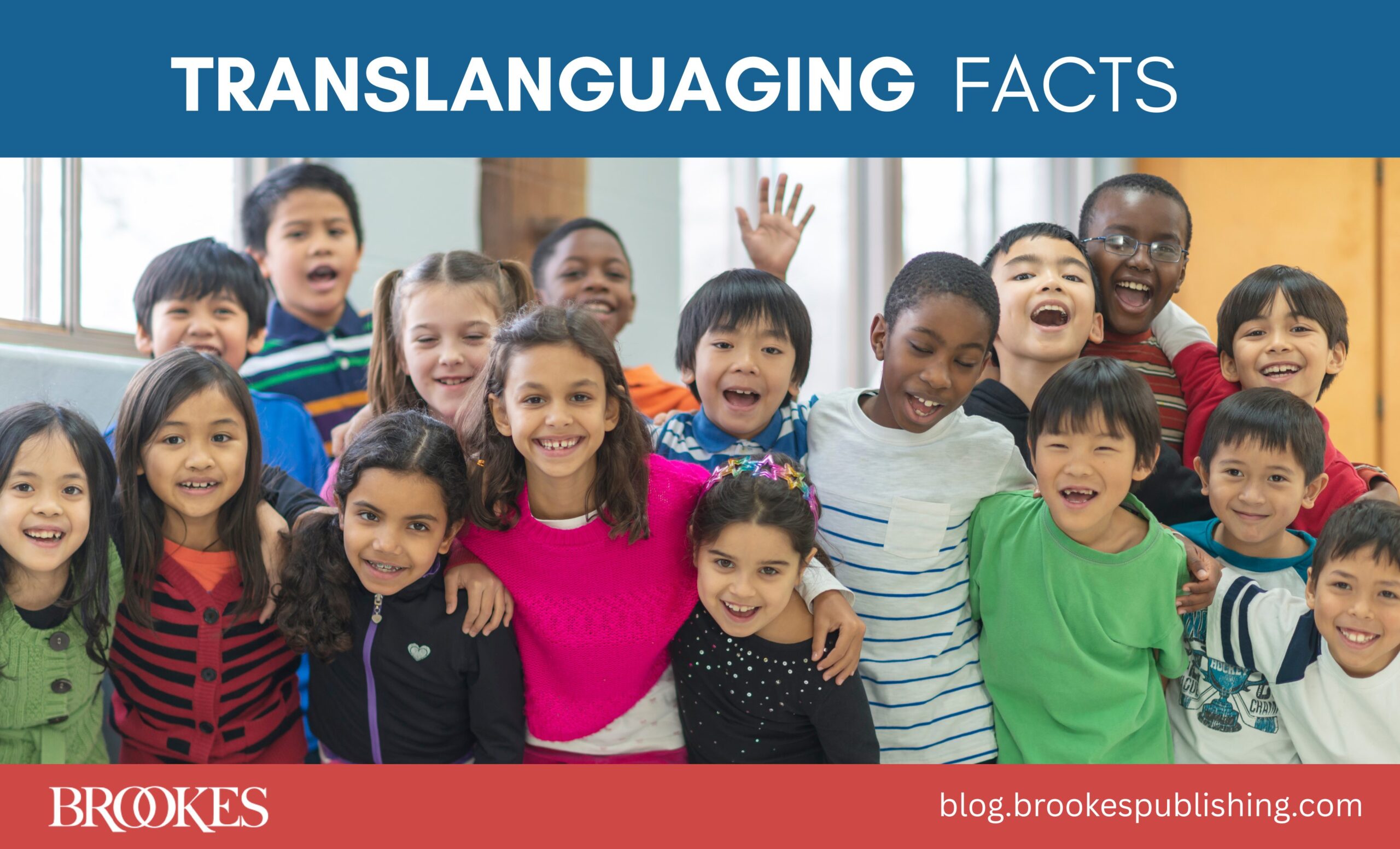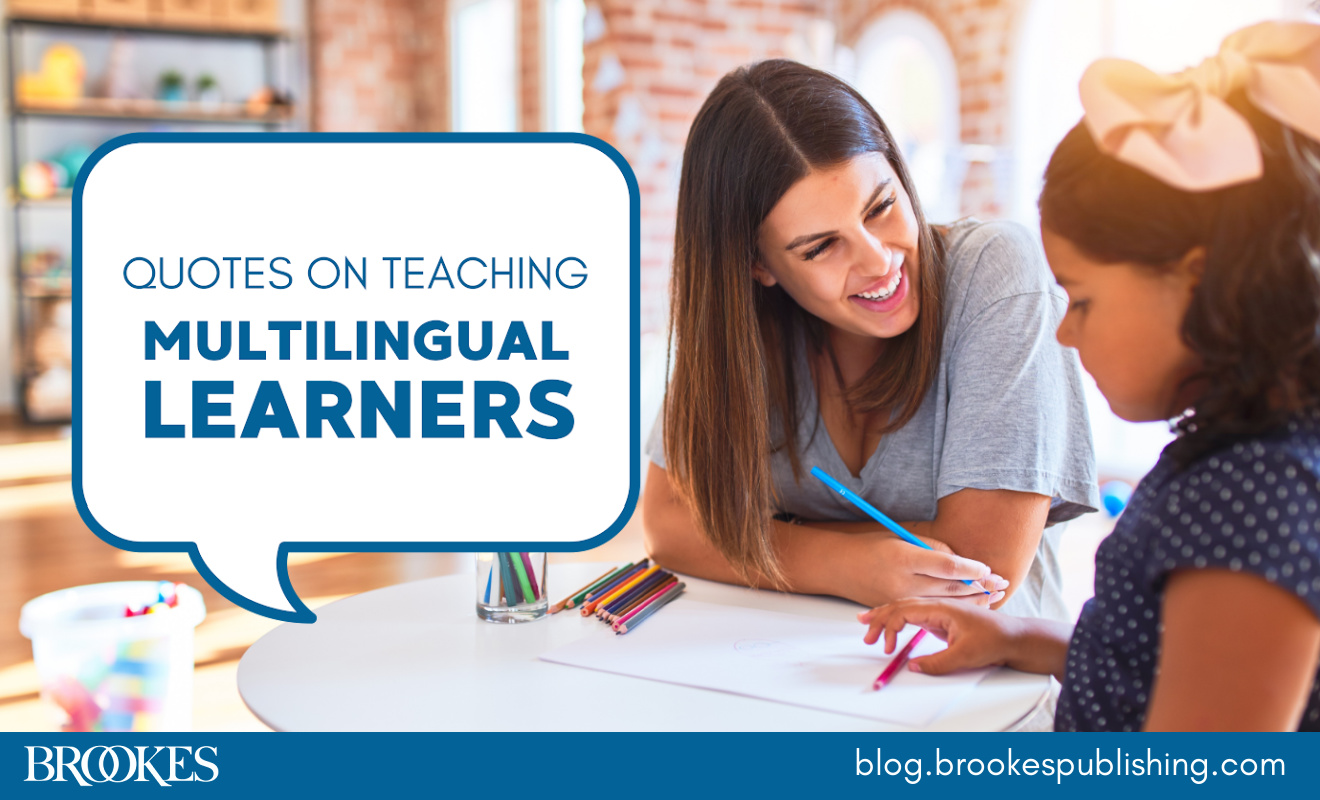3 Ways to Help Young Children Respect and Accept Diversity
November 22, 2016
Encouraging friendships and social interactions among all the diverse young children in your classroom is more important than ever. Studies show that the roots of bullying take hold in early childhood, during the critical first years of attitude development. The message is clear: To reduce the high incidence of bullying in schools, we need to lay the groundwork for acceptance of and respect for diversity when kids are very young.
 Here are three of the most effective strategies for helping students respect and accept each other’s differences. These are from The Making Friends Program, a book of practical, teacher-tested strategies for supporting acceptance in K-2 classrooms.
Here are three of the most effective strategies for helping students respect and accept each other’s differences. These are from The Making Friends Program, a book of practical, teacher-tested strategies for supporting acceptance in K-2 classrooms.
- Provide a simple explanation. Kids will have questions about people and cultures unfamiliar to them. Provide simple, age-appropriate explanations and answer questions in honest, matter-of-fact ways. You’ll encourage children’s natural curiosity and start valuable conversations about the world around them.
- Highlight similarities. Ask children to identify ways in which we are all more alike than different. Start a class discussion about our similar experiences and feelings, and how we behave similarly in certain situations. Increasing your students’ awareness of our common ground as humans will help them develop positive feelings about all of their classmates and engage in respectful behavior.
- Offer positive feedback and solutions. When you see children having caring and respectful conversations with each other, point it out and give them praise. If your students bring up a specific challenge, use moments like these to provide positive solutions, so children have a model to follow for future social interactions.
Let’s take a look at these three strategies in action, with this excerpt from The Making Friends Program. These classroom examples model ways to increase understanding of and respect for children who have disabilities, speak different languages, or are from diverse ethnic and racial backgrounds.
Example 1: Conversations and Actions about Children with Disabilities
Ian (age 6, Caucasian) has autism. He lives with his parents and one younger sister. He’s really good at reading and math, but he has significant delays in social and communication skills. Ian usually plays alone, rarely engages in social conversations, and has anxiety when encountering unexpected routines. For example, at the beginning of the year, the school needed time to finalize bus routes, so a few school bus numbers and drivers changed. Ian’s first-grade teacher carefully explained to Ian that he needed to take a different bus and then walked with him to the school bus. However, when they arrived at the door of the bus, Ian refused to get on the bus. The driver and teacher explained to Ian what happened, but it took more than 10 minutes for him to get on the bus. Other students complained and made comments such as, “Look at him! Why is he standing there? He is so weird.”
What to Do and Say
Provide a simple explanation:
“Some people with disabilities may walk, talk, listen, think, or behave differently, but we have many similar feelings and share many things in common.”
Highlight similarities:
“Has there been a time when you experienced a change that really bothered you? Can you think of a time when something did not go as you had planned and it worried you? How do you feel when you have to do something you don’t want to do?”
Offer positive feedback and solutions:
“You did a nice job putting yourself in Ian’s shoes to think about how he felt and consider why he may have reacted that way to something new and unexpected. By thinking about times when you also felt worried or confused about changes like the bus number or driver, we can see that we’re really similar, aren’t we?”
“Ian knows you well because you’re his classmate. Maybe if Ian sees that you’re on the same bus, he won’t be upset. You could offer Ian a seat next to you. You could walk onto the bus together as partners.”
Example 2: Conversations and Actions about Children Who Speak Different Languages
Jisoo (age 5, Korean American) attends kindergarten 5 days a week. He lives with his parents, who speak both English and Korean, and his grandmother, who only speaks Korean. Before attending kindergarten, Jisoo was cared for at home by his grandmother. His kindergarten teacher, Ms. Reeds, asked Jisoo’s parents to write down some words in Korean that could be helpful when communicating with him (e.g., give me [joo-sae-yo], stop [geu-man], bathroom [hwa-jang-shill], water [mool], hello [an-young], good-bye [jal-ga], thank you [go-ma-wa]).
Although it sometimes takes a little time to understand what Jisoo wants or needs, Ms. Reeds thinks she is doing fairly well communicating with him. However, Ms. Reeds has noticed several incidents in class in which Jisoo was left alone or excluded by peers. She has also heard some of her students mimicking Jisoo’s accent when speaking some words in English.
What to Do and Say
Provide a simple explanation:
“How many of you can speak more than one language or have family members who can speak more than one language? What languages are they? Who has traveled somewhere where people speak a language other than English? Where did you go, and what language was spoken? What was that like? Did you understand what people were saying? What did people do to help you get around and do the things you wanted to do, like order food, find your way around, or buy something? There are so many different languages that people use to talk with each other. Some people know one language, while others may learn to speak two, three, or even more languages!”
Highlight similarities:
“Do you have family members who speak a different language? If yes, what language?”
“Have you ever said something that someone didn’t understand? Or have you ever had someone say something to you that you didn’t understand? How did that make you feel? How does it feel when someone doesn’t understand what you say or when you don’t understand what someone else says?”
“What do you think when you hear someone speaking in a language that you don’t know? What do you know about the country of Korea and the language Jisoo speaks?”
Offer positive feedback and solutions:
“Jisoo’s mom, dad, and grandma taught me to say some words in Korean. You could ask Jisoo to teach you some words in Korean, too. What might you do if you don’t understand something that Jisoo says or if you think that Jisoo does not understand you? You could say it again, say it a different way, or use gestures.”
“Learning a new language is fun! Now you and Jisoo can talk with each other in Korean and English.”
Example 3: Conversations and Actions about Children from Diverse Racial and Ethnic Backgrounds
Sandra (age 7, Caucasian) is holding a Caucasian baby doll that she brought to class for show and tell. Sandra is showing the doll to other girls in the class when Aluel, a student who recently moved here from Kenya, approaches the group. Aluel asks if she can hold the baby doll. Sandra looks at Aluel and says, “You can’t be a mommy to white babies. You can only be a mommy to black babies, so you can’t hold her.” Other girls in the group nod their head in agreement.
What to Do and Say
Provide a simple explanation:
“People have many similarities and differences. Sometimes we notice that we have different skin color and different color eyes and hair. Even though we can see our different colors, we may share similar feelings and like many similar things.”
Highlight similarities:
“Aluel asked to hold the doll you brought, and you said no. How do you feel when someone doesn’t share with you?”
“How do you think we all get our skin, eye, and hair colors? Why do you think some children look very similar to their family members while other children do not?”
“Aluel likes dolls just like you do. You could ask her if she has dolls at home, too, and what their names are.”
Offer positive feedback and solutions:
“Have you seen parents who have skin, hair, or eye colors that are different from their babies? How would you describe your skin color? How would you describe your family members’ skin colors? Aluel could be a mommy to a baby with lighter skin, or her baby could have skin that looks just like her own. It is kind of you to share your doll with Aluel, because it doesn’t matter if her skin color perfectly matches the baby doll’s when she pretends to be the baby’s mommy.”
What do you do in your classroom to nurture an atmosphere of respect for all and support friendships among your students? If you need some fresh ideas, definitely check out The Making Friends Program—it’s filled with great strategies and activities that fit easily into your regular school day. (And it comes with a ton of materials to help, including a sample activity schedule, discussion guides, and forms to send home with families.)
- Read this Inclusion Lab post for tips on stocking your classroom with diverse books and resources that reflect the world around us.
- See this post for books and other resources on antiracist education.
- Visit the Brookes Publishing Cultural Diversity Resource Center, featuring a free toolkit of resources, interviews with and video clips from our expert authors, original newsletter articles, and excerpts from some of our books on working with diverse children and families.





Write a Comment
Your email address will not be published. Required fields are marked *
comments
Prabhjot kaur says
Thoughtful Resources
Post a Comment